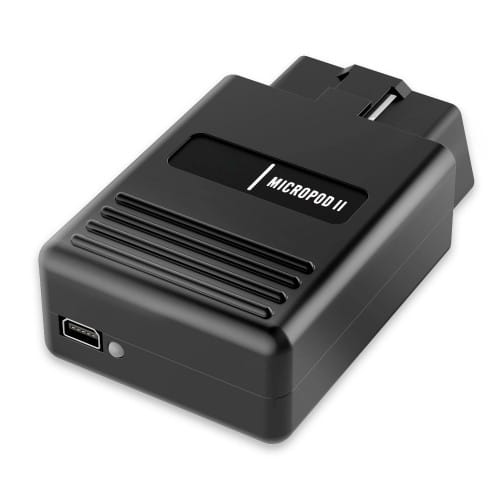Range Rover Adaptive Cruise Control: Features and Benefits
Table of Content
- Introduction to Adaptive Cruise Control
- Overview of Adaptive Cruise Control Technology
- How Adaptive Cruise Control Works in Range Rover
- Range Rover Cruise Control Features
- Benefits of Adaptive Cruise Control in Range Rover
- Safety Features Associated with Range Rover’s Adaptive Cruise Control
- Comparing Adaptive Cruise Control Systems
- Range Rover Driving Assistance and Experience
- Best Luxury SUVs with Adaptive Cruise Control
- Future of Adaptive Cruise Control in Range Rover
- Conclusion
Introduction to Adaptive Cruise Control
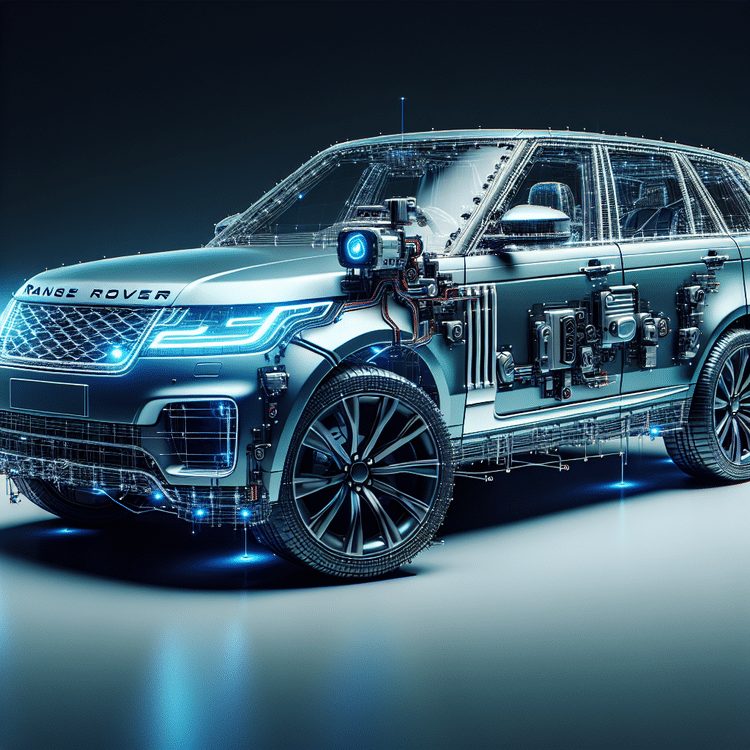
Adaptive cruise control (ACC) is a cutting-edge system designed to enhance driving convenience and safety. Unlike traditional cruise control, which maintains a constant speed set by the driver, ACC automatically adjusts the vehicle’s speed in response to surrounding traffic. This helps maintain a safe following distance, reducing the need for manual speed adjustments while driving. Its significance in modern vehicles, particularly in luxury SUVs like the Range Rover, cannot be overstated. It embodies the innovation that defines high-end automotive engineering.
The implementation of ACC in the Range Rover is a hallmark of the brand’s commitment to integrating advanced technology with driver comfort. With features such as automatic braking, acceleration, and even lane-keeping assistance, the Range Rover offers a seamless driving experience that allows occupants to relax during long journeys. These adaptive cruise control features not only add convenience but also elevate safety by reducing the chances of rear-end collisions.
Overview of Adaptive Cruise Control Technology

Adaptive Cruise Control (ACC) is an advanced car technology that allows vehicles to maintain a safe following distance from the vehicle ahead. Unlike traditional cruise control, which only maintains a constant speed, ACC uses sensors and cameras to monitor traffic conditions and automatically adjust the vehicle’s speed to stay safe and efficient on the road.
This technology has evolved significantly over the years, moving from simple speed maintenance systems to sophisticated setups that can handle a variety of driving conditions, including stop-and-go traffic. As automotive technology advances, features such as lane-keeping assist and collision avoidance systems are often integrated with ACC, enhancing its functionality and effectiveness.
One of the key benefits of adaptive cruise control includes improved driver comfort, as it reduces the need for constant speed adjustments, especially on long drives. Additionally, it helps in maintaining a safe following distance, which can decrease the likelihood of rear-end collisions.
In today’s vehicles, ACC is becoming increasingly important as more drivers look for solutions to enhance safety and convenience. With the rise of semi-autonomous driving features, understanding how adaptive cruise control works is essential for both drivers and mechanics alike, as it plays a pivotal role in modern automotive safety and efficiency.
How Adaptive Cruise Control Works in Range Rover

The adaptive cruise control (ACC) technology in Range Rover models employs a sophisticated integration of sensors, cameras, and advanced software to enhance driving comfort and safety. Primarily, it utilizes radar sensors positioned in the front of the vehicle, which continuously monitor the distance and speed of vehicles ahead. Additionally, forward-facing cameras are engaged to assist in lane-keeping and detecting obstacles.
This system is designed to automatically adjust the vehicle’s speed, maintaining a safe following distance from the vehicle in front. For instance, if the detected vehicle slows down, the ACC will reduce the Range Rover’s speed accordingly. Conversely, when the road is clear, it can gradually accelerate back to the preset cruising speed.
Moreover, the technology integrates seamlessly with other safety features, such as the autonomous emergency braking system, which works to prevent collisions by applying the brakes if a potential impact is detected. This interconnectivity exemplifies how modern Range Rover technology prioritizes both driver convenience and safety.
For those interested in further enhancing their driving experience, consider reading about Master Active Cornering Enhancement to improve handling and performance, or learn about Hill Descent Control and its operational benefits.
Range Rover Cruise Control Features

The Range Rover models are equipped with advanced cruise control features that set them apart from other vehicles in the luxury SUV market. Notably, the adaptive cruise control functionality allows drivers to maintain a set speed while automatically adjusting to the speed of the vehicle ahead. This feature can significantly enhance driving comfort in varying traffic conditions.
Here are some key cruise control features that distinguish Range Rover vehicles:
- Adaptive Cruise Control: This system automatically adjusts the vehicle’s speed to maintain a safe distance from the car in front, enhancing safety and convenience on long journeys.
- Queue Assist: This unique functionality allows the vehicle to stop and restart in traffic, effectively reducing driver fatigue during stop-and-go conditions.
- Intelligent Speed Limiter: This feature helps the driver comply with speed limits by monitoring road signs and automatically limiting the vehicle’s speed accordingly.
- Terrain Response System: Adapted for various driving conditions, this system allows drivers to optimize their cruise control settings based on the terrain, whether it’s on-road or off-road.
For those interested in further enhancing their Land Rover experience, consider exploring our Land Rover Diagnostics Software: A Complete Overview or check out the Jaguar Land Rover (JLR) Pathfinder Diagnostic Software for professional diagnostic tools that ensure your vehicle operates at its best.
Benefits of Adaptive Cruise Control in Range Rover
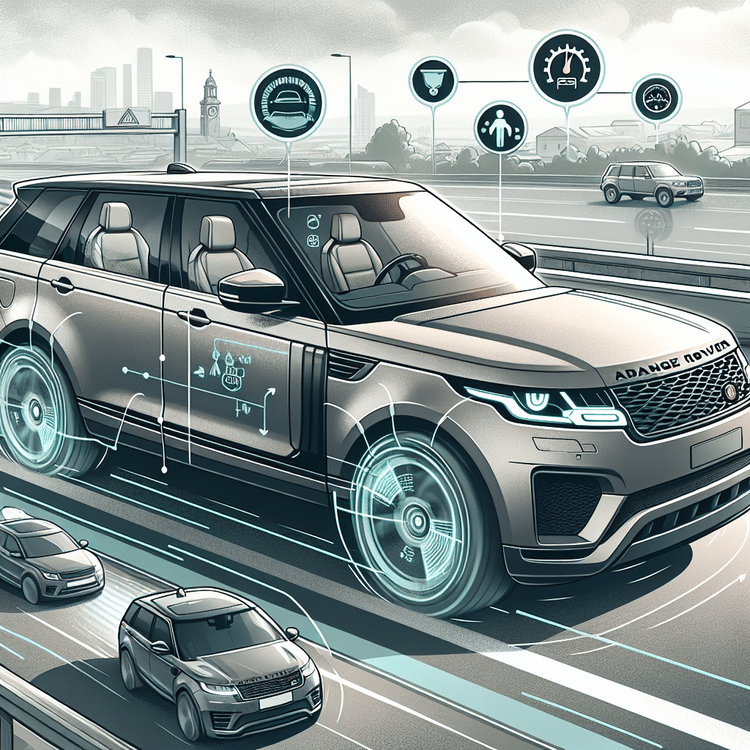
Adaptive Cruise Control (ACC) in Range Rover offers numerous benefits that enhance the driving experience. One of the primary advantages is comfort. With ACC, drivers can set their desired speed and automatically maintain a safe distance from the vehicle ahead. This feature allows for a more relaxed driving experience, especially on long highway journeys.
Another significant benefit of ACC is the reduction in driver fatigue. The system takes over speed adjustments and braking, allowing the driver to focus more on the road and less on constant speed control. This is especially valuable during traffic jams or on longer trips, where manual adjustment can become tiresome.
In terms of safety enhancements, ACC is designed to minimize the risk of rear-end collisions. By automatically adjusting speed to maintain a safe following distance, and integrating seamlessly with other safety features of Range Rover, it contributes significantly to overall vehicle safety.
Safety Features Associated with Range Rover’s Adaptive Cruise Control
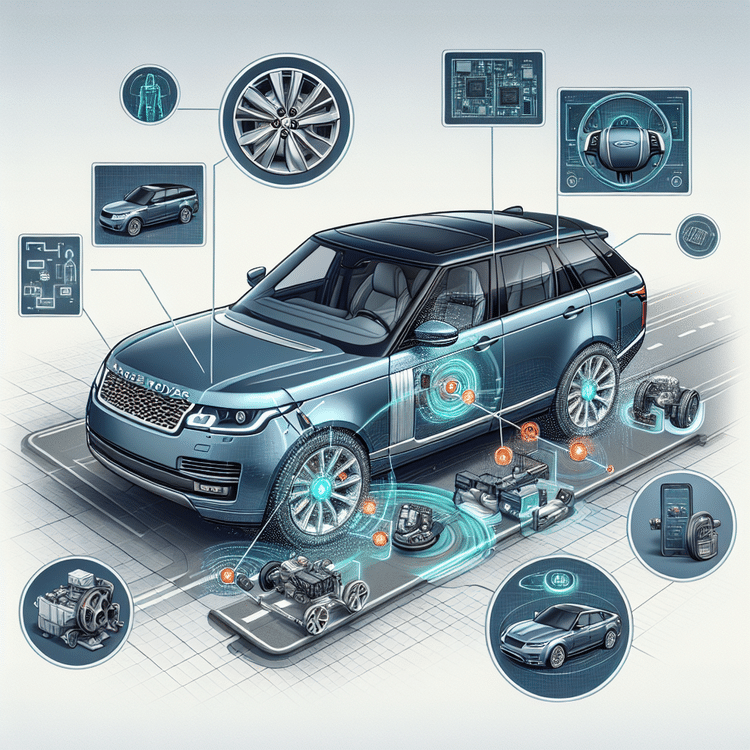
The Range Rover’s Adaptive Cruise Control (ACC) incorporates several advanced safety features designed to enhance driver confidence and mitigate the risk of accidents. Key mechanisms include:
- Collision Avoidance System: This feature uses radar and camera technology to detect potential obstacles ahead. If a collision is imminent, the system can automatically apply the brakes to prevent or lessen the severity of an impact.
- Emergency Braking: In situations where the driver fails to respond to alerts, the ACC can autonomously bring the vehicle to a stop, significantly reducing the likelihood of rear-end collisions.
- Lane Keeping Assist: This function monitors lane markings and gently steers the vehicle back into the lane if it begins to drift, especially beneficial during long highway drives.
- Adaptive Speed Limiter: This feature adjusts the vehicle’s speed according to road signs and conditions, ensuring that drivers do not exceed legal speed limits.
According to recent studies, vehicles equipped with ACC and its associated safety features have shown a 30% reduction in highway collisions compared to those without such technology. It’s clear that the integration of these safety systems offers substantial benefits, making driving not only more convenient but significantly safer.
Comparing Adaptive Cruise Control Systems
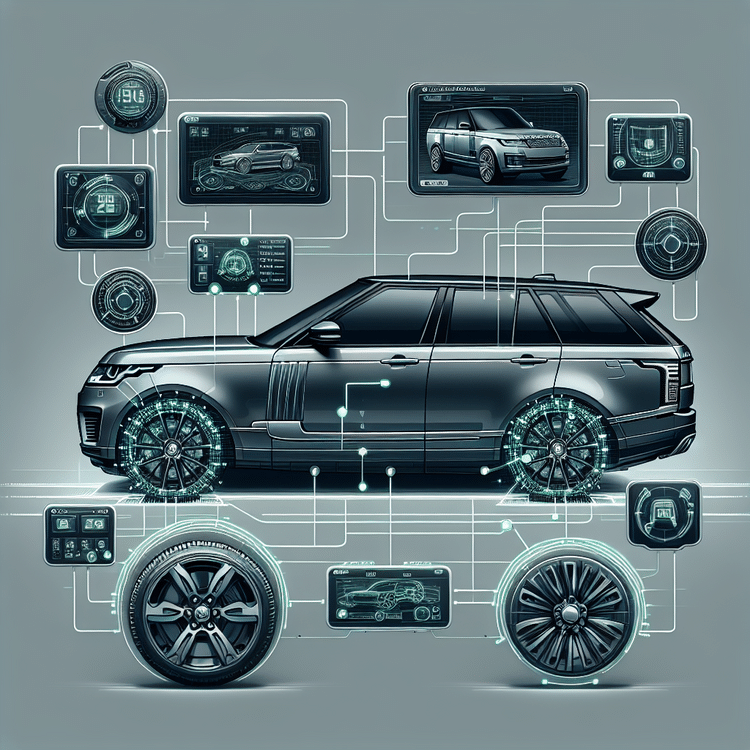
Range Rover’s Adaptive Cruise Control (ACC) offers an array of features that contribute to a luxurious driving experience. It utilizes advanced radar and camera systems to monitor road conditions and adjust speed accordingly, making it a standout choice in the luxury SUV segment. However, it is essential to compare its performance with other leading manufacturers, such as BMW and Mercedes-Benz.
Strengths of Range Rover ACC:
- Seamless integration with other driver assistance technologies like lane assist.
- Ability to manage complex driving situations, including stop-and-go traffic.
- User-friendly interface that provides real-time feedback.
Weaknesses of Range Rover ACC:
- Some users report it can be overly cautious in maintaining distance, which may frustrate more aggressive drivers.
- Less performance under adverse weather conditions compared to competitors like Mercedes-Benz’s system, which performs better in rain or fog.
In comparison, many luxury SUVs like the Land Rover LR3 and LR4 demonstrate similar functionalities but often have distinct responsive characteristics. BMW’s ACC tends to offer a more dynamic response, especially in sporty driving modes, providing an exhilarating experience that some drivers may prefer over the more relaxed approach of the Range Rover.
Best Luxury SUVs with Adaptive Cruise Control
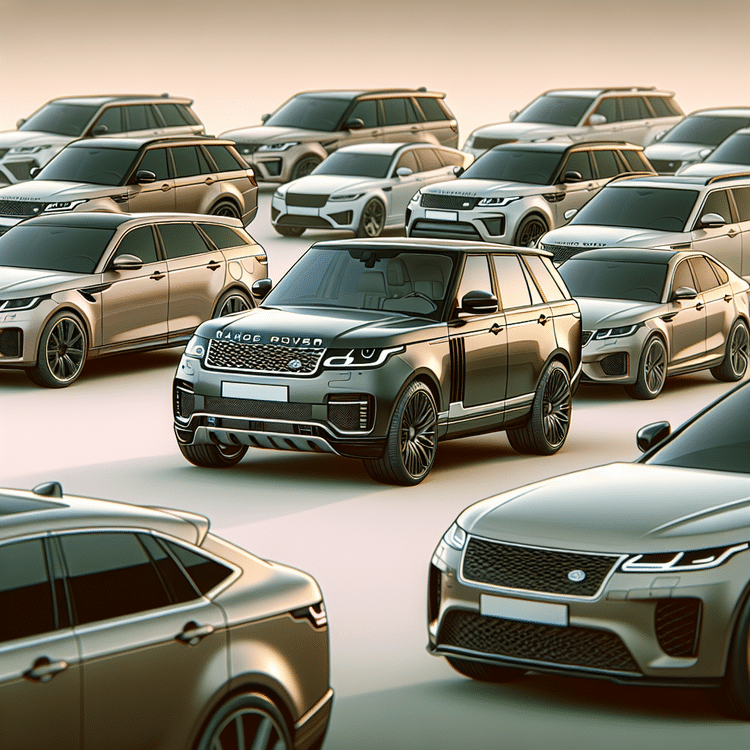
When it comes to luxury SUVs equipped with advanced adaptive cruise control systems, several standout models excel in technology and performance. Here’s a look at the best luxury SUVs that offer these features:
- Range Rover: Renowned for its exceptional off-road capabilities and luxurious interior, the Range Rover also integrates a sophisticated adaptive cruise control system that enhances safety and convenience on the road.
- Audi Q8: This impressive SUV combines sporty aesthetics with practicality, featuring adaptive cruise control that adjusts speed according to traffic conditions.
- BMW X7: With an emphasis on luxury and technology, the X7 includes an advanced adaptive cruise control system that maintains safe distances and enhances driver comfort.
- Maserati Levante: This SUV boasts a powerful engine and an intuitive adaptive cruise control system, providing a sporty yet luxurious driving experience.
- Volvo XC90: Known for its safety features, the XC90 offers adaptive cruise control with high-tech assistance capabilities, making it ideal for family travel.
For those considering a purchase, it’s beneficial to explore more details about the differences between models or learn how to find the best deals on used approved Range Rovers.
Future of Adaptive Cruise Control in Range Rover
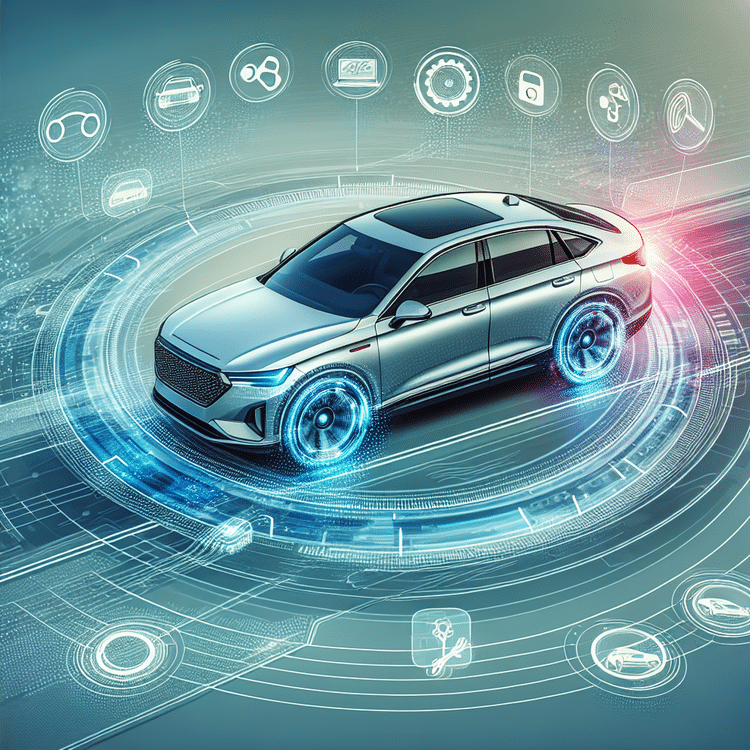
The future of adaptive cruise control in Range Rover models is poised for remarkable advancements. Manufacturers are focusing on enhancing the system’s capabilities, integrating artificial intelligence and machine learning to improve response times and adaptability. This innovation will allow vehicles to better navigate diverse driving conditions, whether on highways or in heavy urban traffic.
Moreover, upcoming collision avoidance systems will work in tandem with adaptive cruise control, offering not just acceleration and braking adjustments based on the speed of vehicles ahead but also preemptively reacting to potential hazards. This integration aims to significantly enhance both driving experience and safety.
- Enhanced sensor technology for better environmental awareness
- Improved connectivity features, allowing for real-time updates and adjustments
- Seamless integration with navigation systems for optimal routing and speed management
Conclusion

The Range Rover adaptive cruise control system is a vital feature that enhances the overall driving experience for luxury SUV drivers. This advanced technology allows drivers to maintain a safe distance from the vehicle ahead by automatically adjusting speed, thereby reducing the need for constant speed alterations. The convenience it offers is particularly beneficial during long journeys or in heavy traffic, where stress can often be a problem.
In addition to promoting comfort, adaptive cruise control contributes to improved safety. By integrating with other safety systems, it helps reduce the likelihood of collisions, making it a crucial component for those prioritizing both performance and security in their driving experience.
Visitors interested in maximizing their vehicle’s performance and safety should also explore related features like Master Active Cornering Enhancement, as it plays a significant role in stability during turns and can further enhance the driving dynamics of the Range Rover.
For more insights on vehicle safety features, you might find our article on Battery Low Warning Message on Range Rover Evoque – Causes & Fix helpful. Additionally, check out our guide on Definitive Gearbox Fault Solutions for Range Rover for more safety-related tips.
In conclusion, investing in a Range Rover with adaptive cruise control not only elevates driving comfort but also enhances safety, making it an invaluable choice for discerning drivers.
